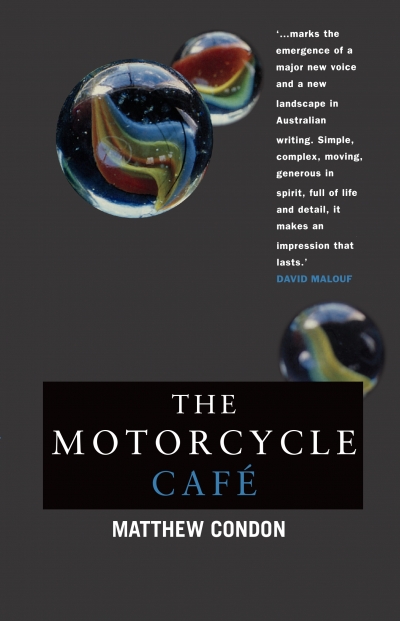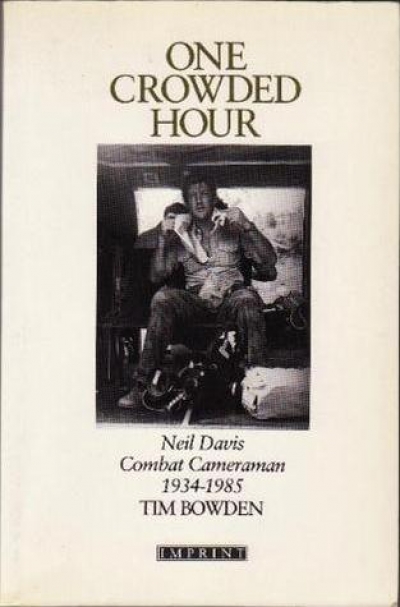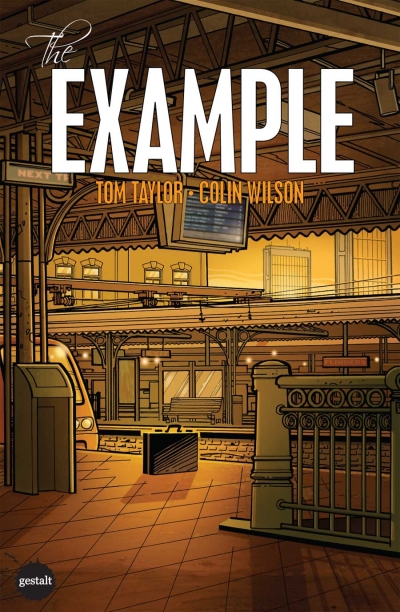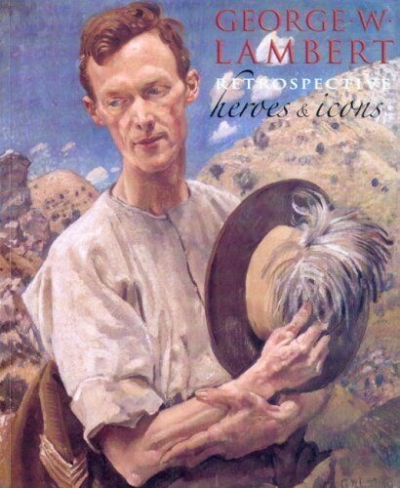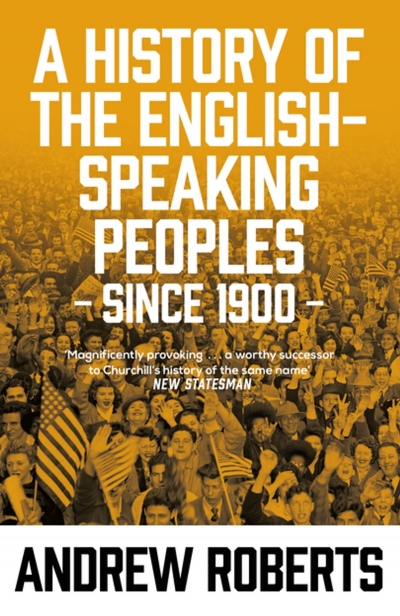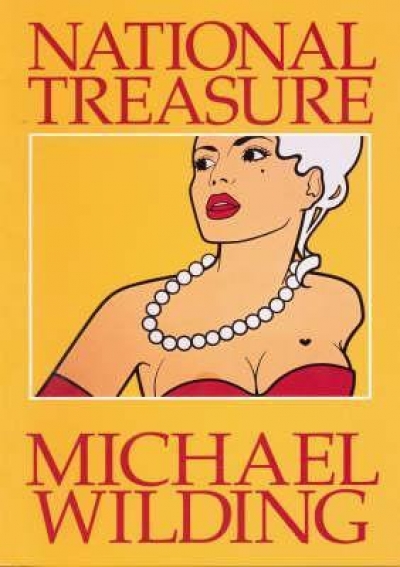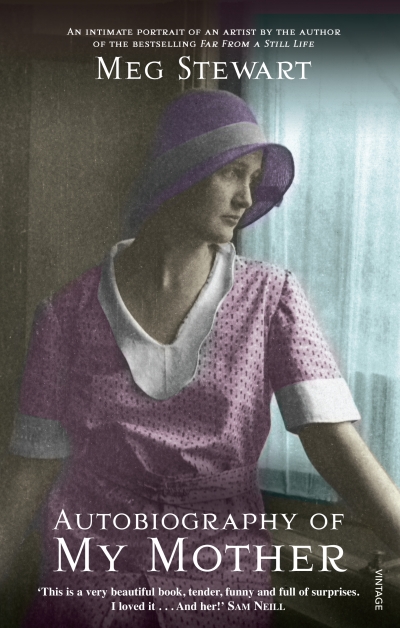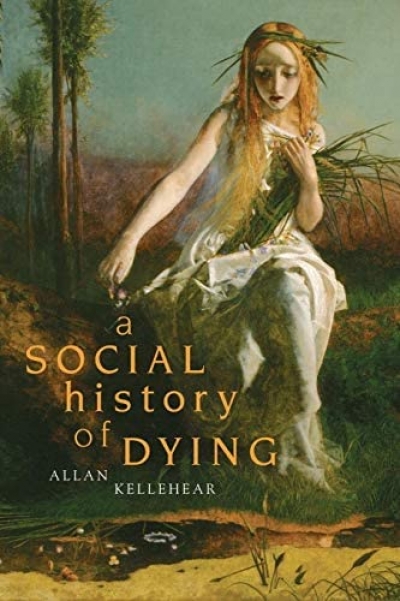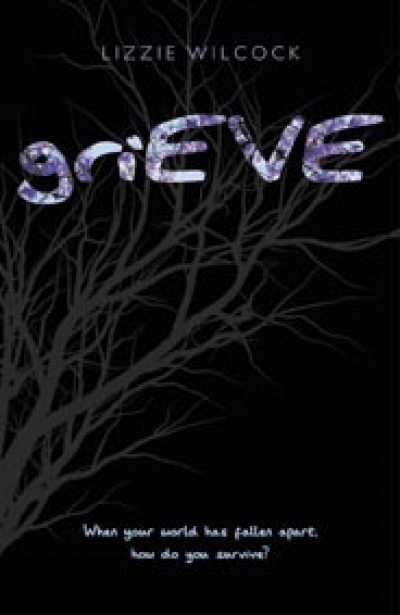Archive
One Crowded Hour by Tim Bowden & We Have No Dreaming by Ronald McKie
The Example by Tom Taylor and Colin Wilson & Flinch by James Barclay, et al.
George W. Lambert Retrospective: Heroes & icons by Anne Gray
A History of the English-Speaking Peoples Since 1900 by Andrew Roberts
It is pleasing to see the following publishing advice in the report: ‘a book should contain a poet’s best work. It is better to have a good, small collection than a bigger one with weak pieces that are there because of theme or because the poet liked them too much’ (or, maybe, because someone once admired them). First-timers tend to be more careful about this than some poets who have made a name. I know that major poets, in tune with their audience’s level of acceptance, will sometimes rightly present lesser and better work together, to show the spectrum. That aside, there is a myth among poets that a short book doesn’t look good, as if bulk is the proof of something. Yet the buyers of poetry are sensitive to padding – a good book, whether lengthy or not, is as long as there are strong poems for it. Has it been forgotten that such a landmark book as Judith Wright’s The Moving Image (1946) comprised just thirty-one pages of poems?
... (read more)
